Icelandic is the language spoken in Iceland, a northern island country located between the North Atlantic and the Arctic Ocean. With an area of 103,000 km2 but only 330,000 inhabitants, it’s the least densely populated country in Europe. Its capital, Reykjavik, is the northernmost capital in the world for a sovereign state. The colonization of Iceland began in the ninth century A.D., and the territory was considered completely colonized at the dawn of the new millennium. Most of the settlers came from western Norway, although many slaves and settlers were also of Gaelic origin. Although some Icelandic words seem to have originated from Gaelic, the latter seems to have had less influence on the predominant language of the new community, which was a western dialect of Old Norse.
The oldest preserved Icelandic texts were written in the 12th century. In its written form, the language has undergone some changes over the centuries but they are fairly minimal compared to other Northern Germanic languages. However, pronunciation has changed considerably, especially since the significant vocal change that took place between the 12th and 16th centuries. The centuries of Danish colonial rule (Iceland gained independence in 1944) affected the language only slightly, except for a few borrowed words.













